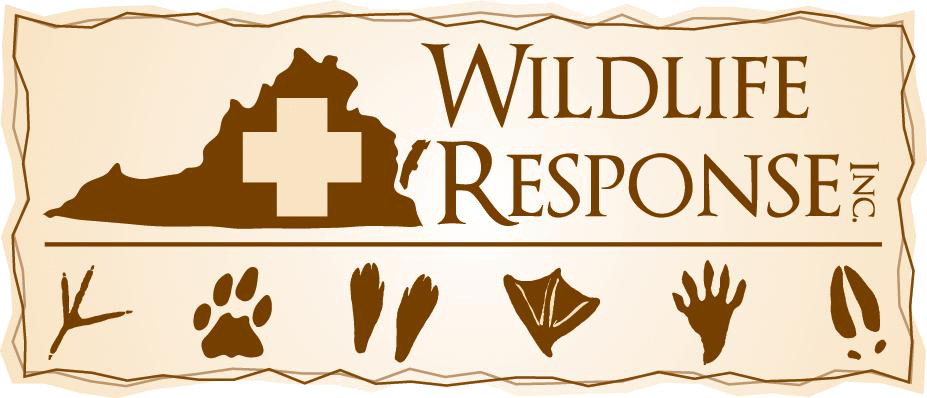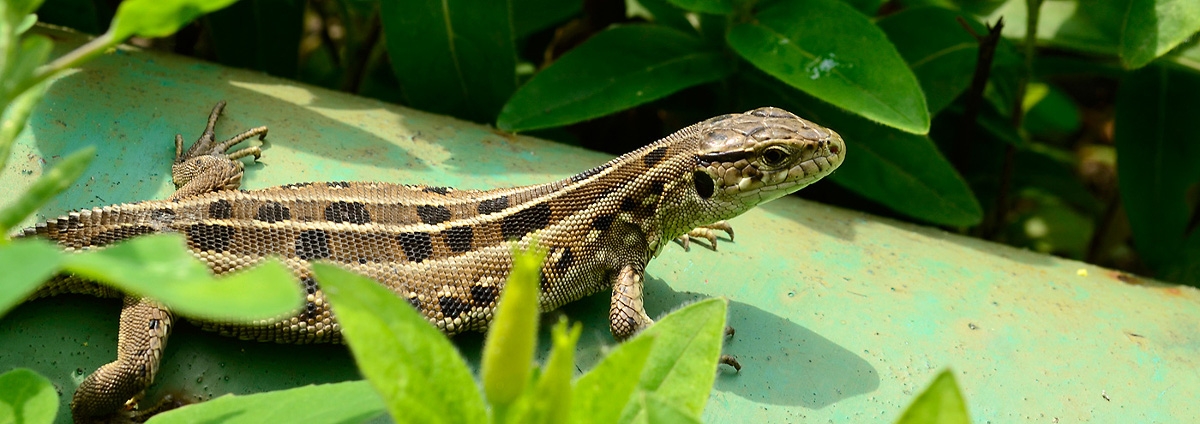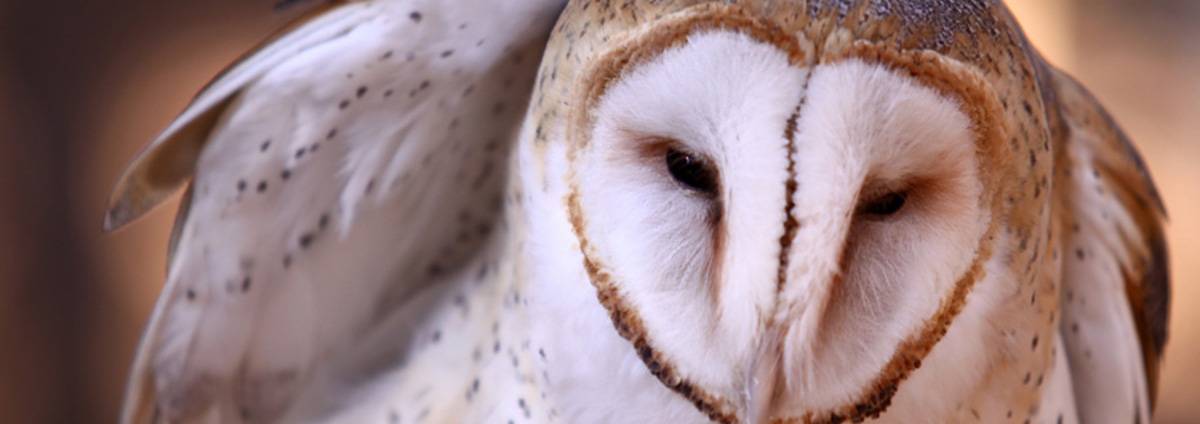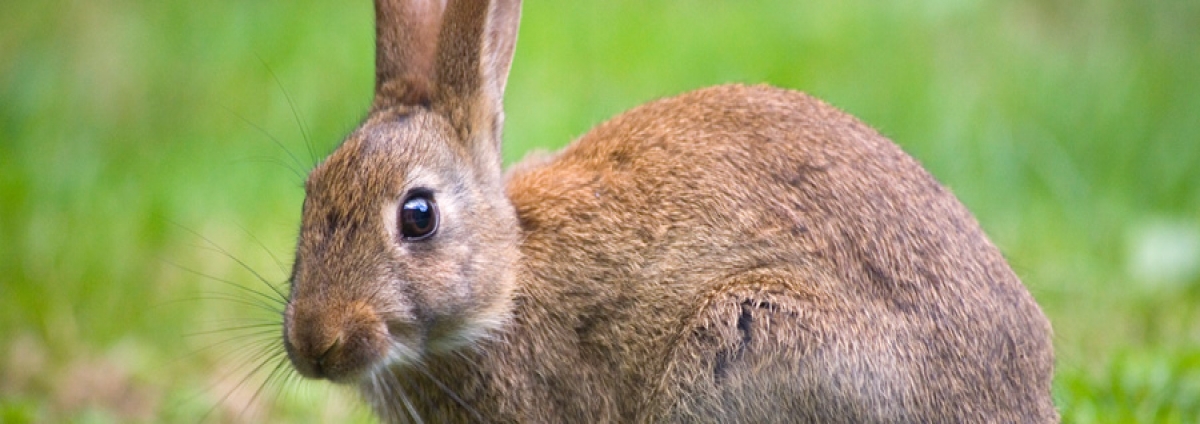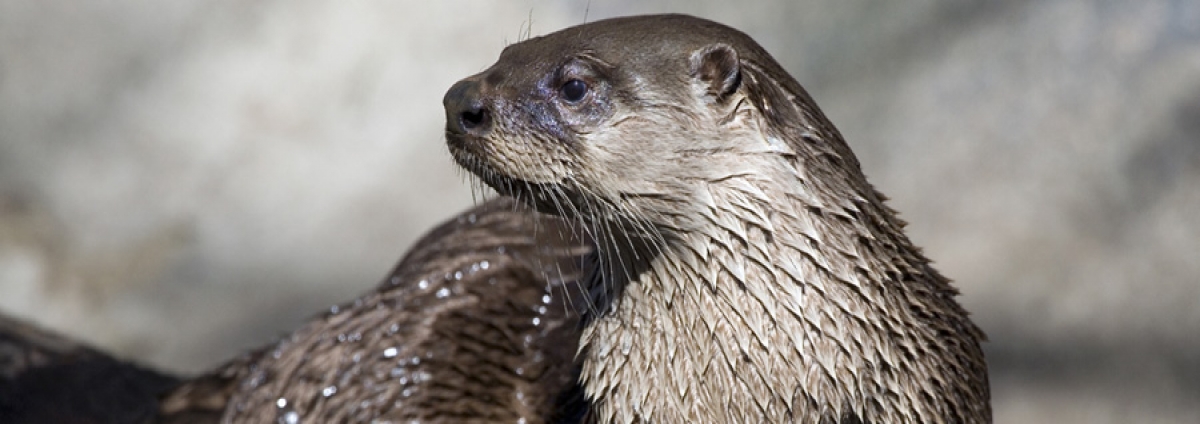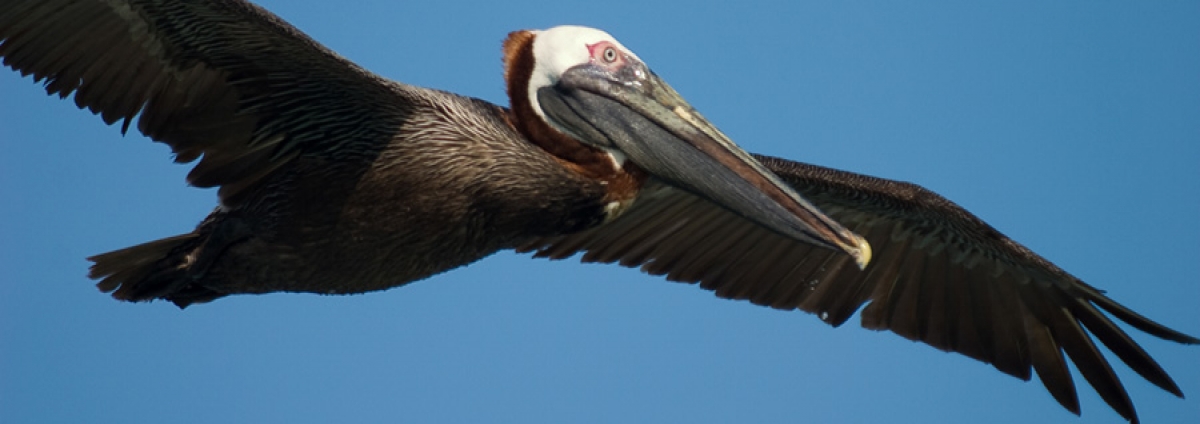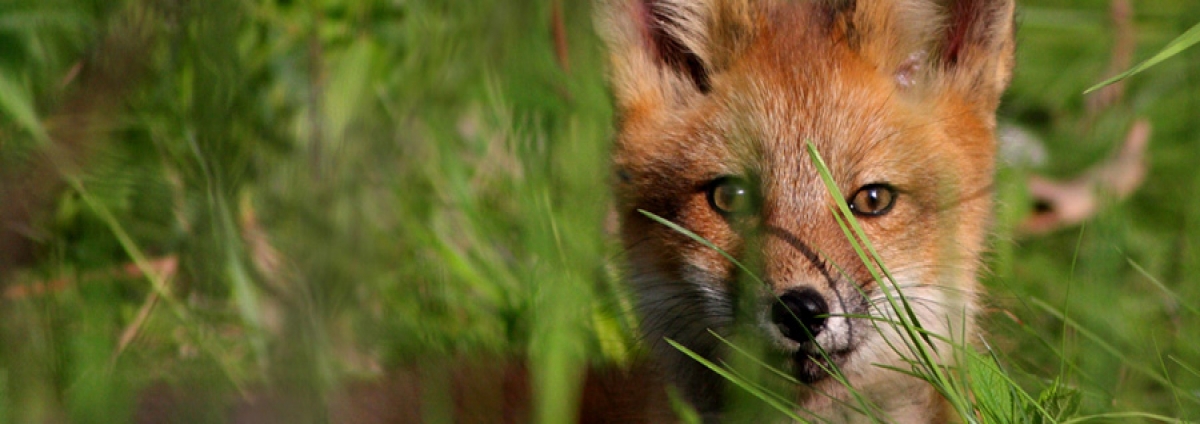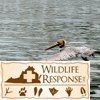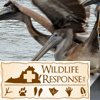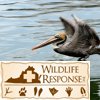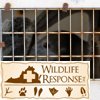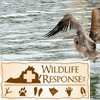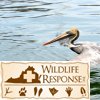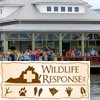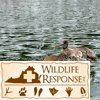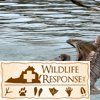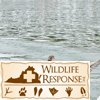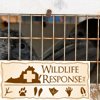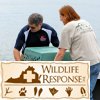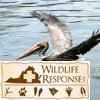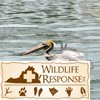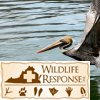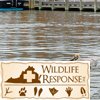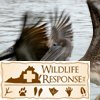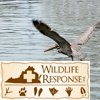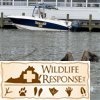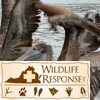Wildlife Response, Inc. is a distinctive 501c3 volunteer organization devoted solely to the care of orphaned, injured, and displaced native wildlife. We are dedicated to increasing awareness of wildlife rehabilitation to the public. Our organization depends primarily upon the private donations for its programs and services.
The Wildlife Response and Rehabilitation Center will be a centrally located facility where citizens, animal control officers and other agencies can drop off wildlife. In addition, the Center will provide a redistribution center for animals to be triaged, and then sent to permitted-based wildlife rehabilitators for care. The Center is expected to open in 2025.
Latest
WRI at the Hampton Roads Perspective show
Sunday, January 28, 2017
Stay Tuned to hear WRI President, Bill Haynie on the Hampton Roads Perspectives Show!
6:00 a.m. Z104
6:30 a.m. 94.9
7:00 a.m. 95.7
7:30 a.m. 101.3
Pelican Release 2012
On March 31, Wri had a special event at Bubba's near the Lesner Bridge in Virginia Beach. 25 of the 29 pelicans that were still in rehab at WRI rehabilitator Lisa Barlow's home based facility were successfully released! The event was publicized on WRI's Face Book page, and media coverage from Channel 13.
The weather was perfect,a nd the crowd was really interested in what we were doing. We want to thank everyone at Bubba's, the Lesner Inn, and the Shellfish Company for their love of the pelicans - without which we would not have been able to care for and release as many as we do!!!
Check out the gallery!
2011 Eagle Population Survey Results
(Williamsburg, VA)---The Center for Conservation Biology at the College of William and Mary and Virginia Commonwealth University has compiled 2011 survey results for the Virginia bald eagle population. The 2011 survey checked more than 1,000 nests and monitored 726 occupied territories. This number represents an 6.2% increase over 2010. More than 130 new nests were mapped. Eagle territories were located within 45 counties and 10 independent cities. A total of 938 chicks were counted during the productivity flight. This is the highest chick production recorded throughout the long history of the survey. The Virginia population continues to have tremendous reproductive momentum. Of 11,030 chicks documented in the past 35 years, 8.5% were produced in 2011 and 73.2% were produced since 2000. In general, this momentum is the combined result of an overall increase in the breeding population, the breeding success rate and the average brood size. A full survey report is available at www.ccb-wm.org/virginiaeagles/pdf/CCBR!!!!_2011Eagle_Survey.pdf
We very much appreciate the financial contributions of the U.S. Fish and Wildlife Service, the U.S. Army Corps of Engineers and the Virginia Society of Ornithology in keeping the survey running. Survey information is used by an entire community of government agencies, NGOs, environmental consulting firms, and landowners. For the third year, the locations of known nests from the Virginia Survey are being made available online to the public. The Center has developed a VAEagles website (http://www.ccb-wm.org/virginiaeagles/index.htm) that hosts a Google application allowing users to locate documented eagle nests and to view their mapped locations on a county by county basis. The information is being made available in the hope that the public will become more actively involved in the conservation of this species throughout Virginia. Despite our best efforts, an unknown number of eagle nests go unrecorded each year. This is particularly true in the Piedmont and mountains. We believe that the public knows of many nests that are unknown to us. We are requesting that the public view nests in their locality and report nests that are currently not included in the annual survey.
Center for Conservation BiologyCollege of William and Mary & Virginia Commwealth University
